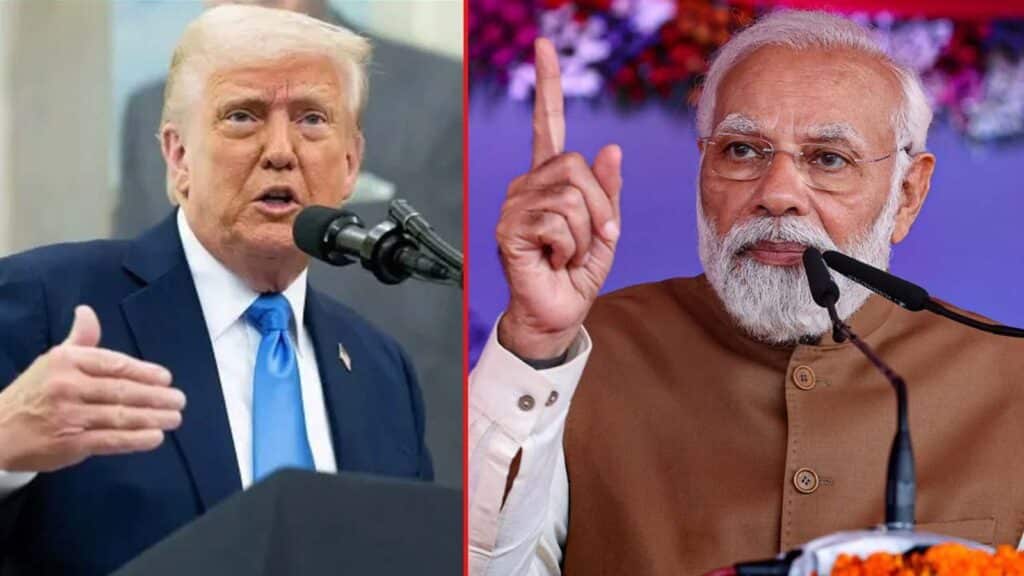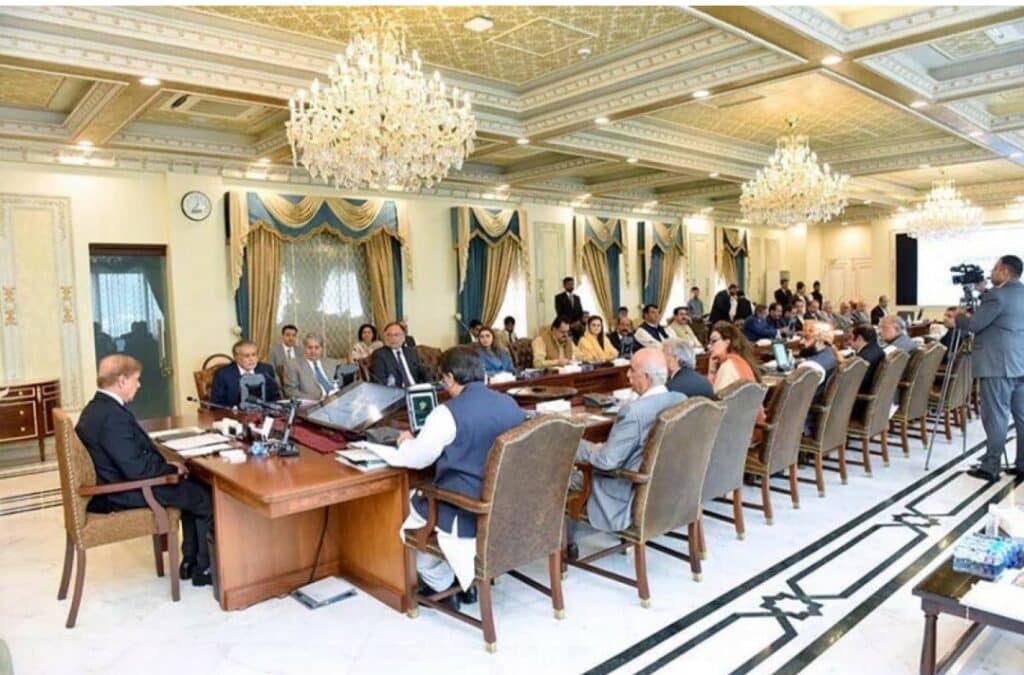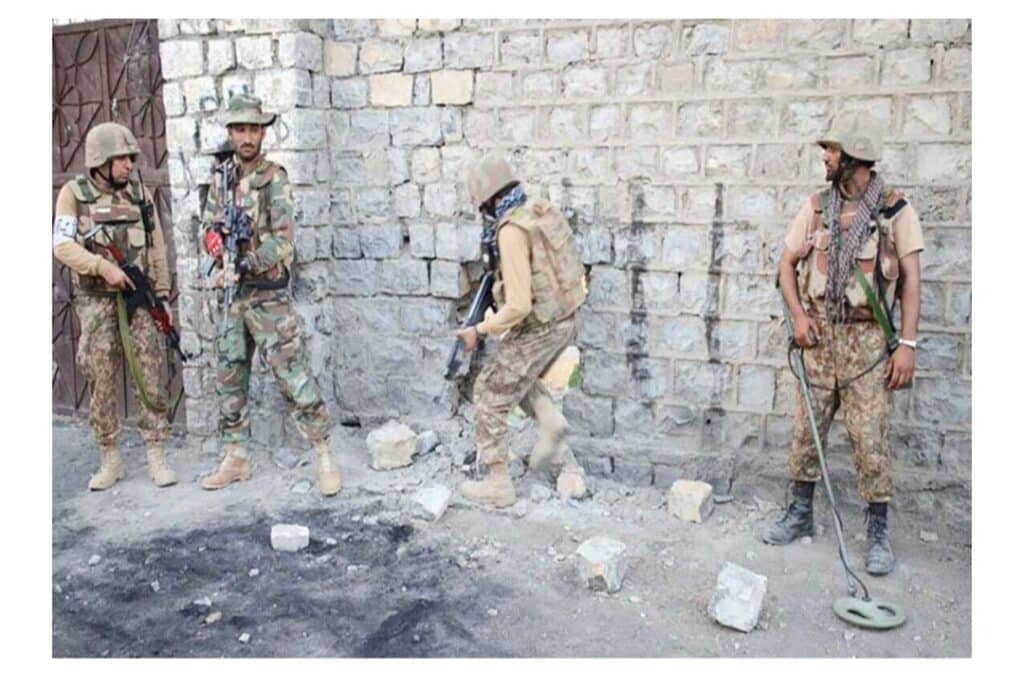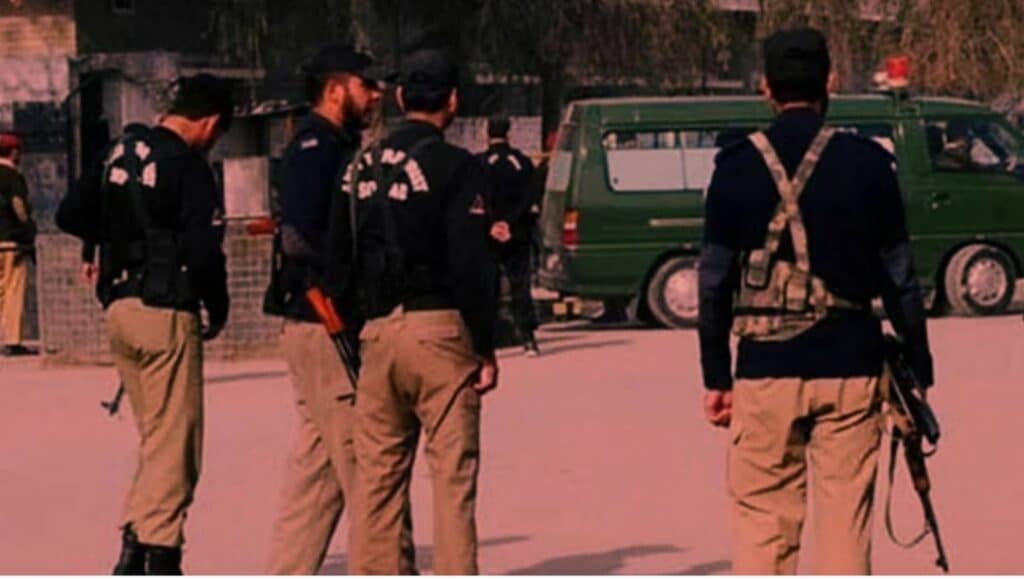Tensions between the United States and India have intensified after Washington rejected New Delhi’s proposal to fully remove tariffs on American goods. President Donald Trump dismissed the offer, refusing to reduce duties on Indian exports. He accused India of exploiting the U.S. economy for years and said corrective measures were long overdue. At a press conference, when asked whether he would consider easing restrictions, Trump’s reply was blunt: “No.”
Economists note that the imposition of heavy tariffs has placed India in a difficult position. Rising trade pressure has triggered concern within New Delhi, though Prime Minister Narendra Modi has chosen not to publicly express unease. Instead, his government is pursuing a more subtle strategy—displaying growing warmth toward China and Russia.
According to analysts, this diplomatic tilt is not simply about diversifying alliances. Rather, it is a calculated message to Washington: if the U.S. remains unyielding on tariffs, India has other powerful partners to turn to. Modi’s outreach to Beijing and Moscow is therefore seen as a bargaining tool, designed to remind Trump that continued economic pressure risks pushing India further into the orbit of America’s strategic rivals.





